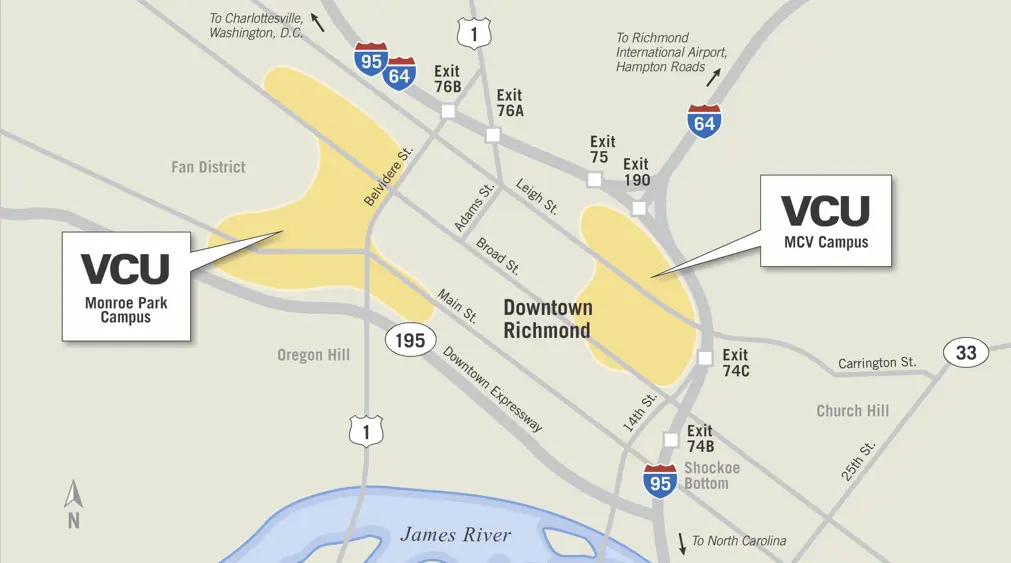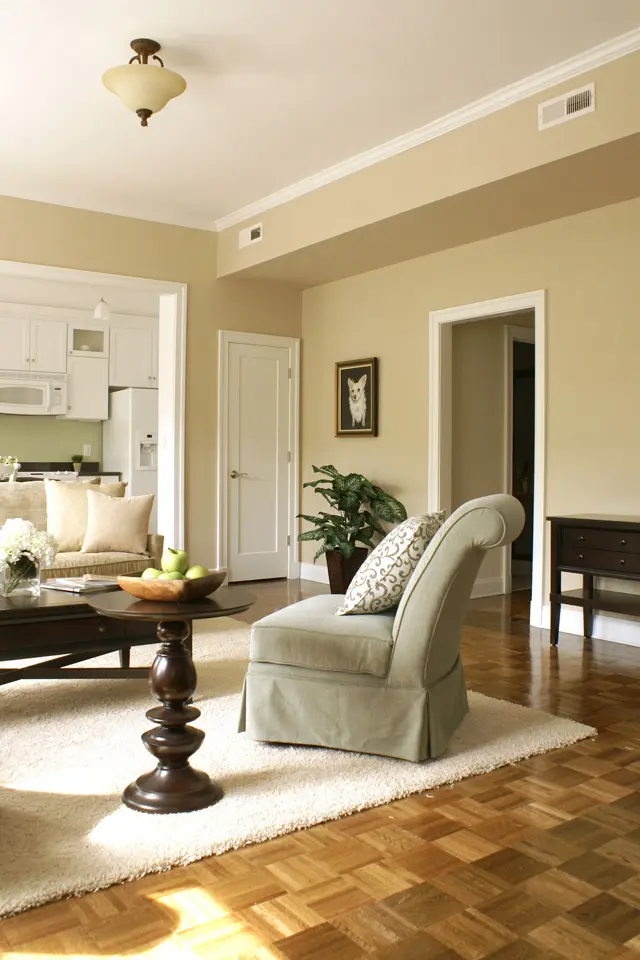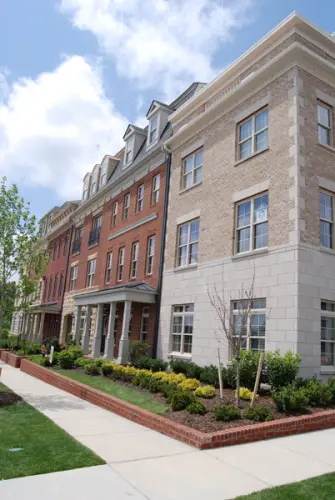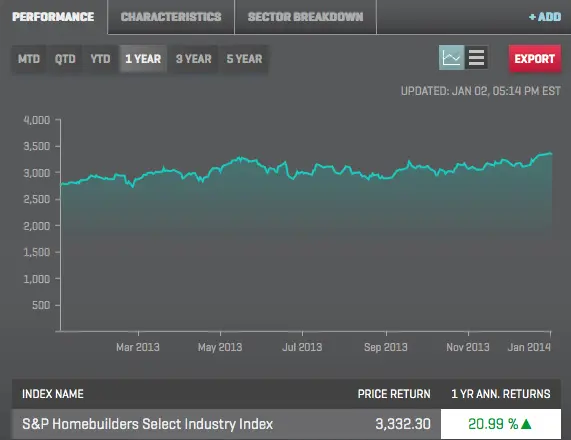Any successful builder is, by default, an extremely accomplished negotiator. Show me a builder who is poor negotiator and I will show you an ex-builder.
 Builders spend most of their waking hours in a confrontational environment. At almost every level of the building process, from lot prices to wood floor pricing to rezoning to salaries to commissions, negotiating is required. Do anything all day every day, especially when your survival depends on it, and you will get better at it. A builder who has been building for any period of time is adept in knowing not only where they stand in any given market, but how to defend their turf with well-honed negotiating skills.
Builders spend most of their waking hours in a confrontational environment. At almost every level of the building process, from lot prices to wood floor pricing to rezoning to salaries to commissions, negotiating is required. Do anything all day every day, especially when your survival depends on it, and you will get better at it. A builder who has been building for any period of time is adept in knowing not only where they stand in any given market, but how to defend their turf with well-honed negotiating skills.
It has been said that builders don’t really negotiate their prices, and while that may be true, it is not necessarily accurate. In reality, they negotiate, just not in the ways that most people think.
Below are some things to keep in mind when entering into negotiations for a new home:
- recognize your ‘type’ of builder and know they will fight hard to protect values, especially where they own multiple lots
- builders secretly love ‘the change order’ despite what they say
- seriously consider buying a ‘spec’
- its business, nothing more
Builder Types
Builders tend to fall into two basic categories based on size (or sales volume) and each one will tend to negotiate differently.
Volume Builders (or ‘Track Builders’) sell hundreds of homes a year. They are sophisticated organizations with many moving parts (often in multiple markets) and they behave more like Target and less like Bob’s Used Cars. Volume Builders tend to offer packages or incentives to get homes sold (‘$20,000 in upgrades for all contracts prior to June 30′ or ”hardwood floors in the downstairs for all contract ratified by September 30’) and be less likely to negotiate significantly on any individual home. Their willingness to cut price is driven by a formula and not by a gut feel.
Volume builders also tend to work off of a ‘base + upgrade’ pricing model as opposed to an ‘all-inclusive’ model. They generally build large stripped down boxes inexpensively and then try to sell you every imaginable upgrade when you make your selections. I have seen buyers walk out of selection sessions with 25% higher contract prices than when they walked in. Beware.
A few additional notes – true Volume Builders are managed businesses with quarterly (or yearly) production and sales goals meaning they are typically more aggressive towards the end of a reporting period. Since they buy lots in bulk, they need to protect values in their neighborhood and thus prefer to give upgrades in lieu of price concessions. Volume builders also need efficiency to protect their margins so being able to close out a section and consolidate their crews has value to them. Asking for upgrades, buying the last home in a section and/or towards the end of the quarter (or year) increases the likelihood of a slightly better deal.
The Custom Builder constructs fewer homes but at (hopefully) larger margins. Generally speaking, they build better houses (although not always true) and operate at or above the average price ranges in any metro area. They hate to be in competition with Volume Builders and will leave neighborhoods when the ‘volume guys’ show up.
Custom Builders do not keep a large stockpile of lots and thus less vested in keeping pricing high in a neighborhood. This generally means they don’t really have a strong preference between price concessions or upgrade inclusions. Since they tend to operate in the upper price points, they may have more room to move on price but still maintain a sufficient profit margin. Don’t be afraid to probe a bit with the initial offer.
The Change Order
Builders say they hate change orders but in reality, many take it as an opportunity to renegotiate. A change order is the method by which you and a builder amend the contract to allow for something not in the original contract (add a half bath, change the granite color, put a pedestrian door in the garage, etc.)
When you contract to build a home, the builder prices based on his costs today but delivers the product to you in the future. The 6-12 months of construction time means the builder holds the risk of price increases for materials, labor and interest carry from for a significant period of time. If material prices spike (and make no mistake, prices do fluctuate in the building materials market), the builder does not have the right to come to you and ask for a higher price. Change orders, at least on some level, allow them the opportunity to recapture some lost profit.
Try to keep change orders to a minimum as they benefit the builder far more than they benefit you.
Consider Buying a Spec
The ‘spec’ home (SPECulative home) is a home a builder begins in the hopes a buyer will emerge at some point prior to completion.
[ ‘SPEC’ Homes For Sale ]
Generally speaking, a ‘spec’ will have more options/upgrades included and with a builder more motivated to make a deal. As the home approaches completion, a builder’s motivation will increase. Typically, construction lenders will only allow builders to have a limited number of unsold properties standing at any given time and thus an unsold spec both costs a builder interest carry cost AND prevents them from profiting on another home. One should also note a builder will usually ‘spec’ their better floor plans, meaning the market feels favorably about the design.
While the ‘spec’ may not exactly what you want, it is often the best deal at any given time in the marketplace.
It’s Just Business
Remember, builders not only negotiate with you, the buyer, but with sub-contractors, suppliers and developers. Consequently, their methods may be a bit gruff so don’t be put off by blunt or standoffish behaviors during negotiations. To any good builder, a contract is simply another business decision and they treat it as such. (As a side note, builders are generally pretty straightforward folks and they don’t like tricks…if they feel as if you are not negotiating in good faith, they will be less likely to meet your number.)
For the average buyer, there is far more emotion attached to a home purchase and many times the feelings at the end of the contract negotiation are more contentious than they should be. Odds are, the builder does not feel the same angst as you.
Summary
The decision to build a home should not be taken lightly and requires far more thought and preparation than purchasing an existing home. Entering into negotiations with a builder is also far more complex than buying a resale and in most cases, the builder enters into the engagement with superior experience and knowledge. But remember, ‘negotiating’ with a builder is not what makes the decision to build a good one or a poor one. Making a good decision comes from understanding what you are trying to accomplish, setting limits and knowing where you stand.
We go into far greater detail about many different aspects of home building in the series of posts you can find here...












